Home>Gardening & Outdoor>Landscaping Ideas>What Is Miscanthus Grass
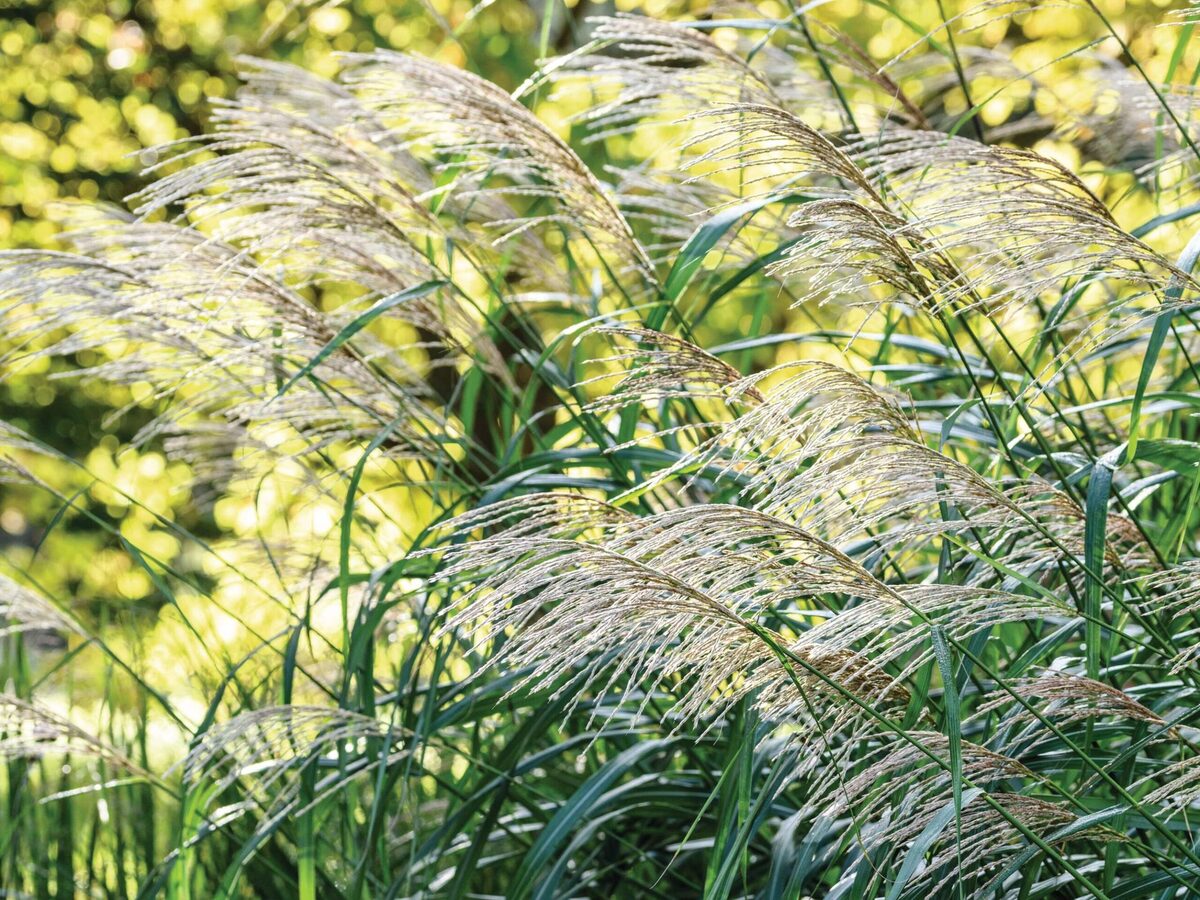

Landscaping Ideas
What Is Miscanthus Grass
Published: January 27, 2024
Discover the benefits of using miscanthus grass in your landscaping ideas. Learn how this versatile grass can enhance your outdoor space.
(Many of the links in this article redirect to a specific reviewed product. Your purchase of these products through affiliate links helps to generate commission for Storables.com, at no extra cost. Learn more)
Introduction
Welcome to the wonderful world of landscaping, where nature's beauty meets human creativity. In this article, we'll delve into the fascinating realm of miscanthus grass, a versatile and visually captivating plant that has been gaining popularity in landscaping and environmental conservation efforts.
Miscanthus grass, scientifically known as Miscanthus sinensis, is a perennial grass native to East Asia. Its graceful, arching blades and feathery plumes have made it a sought-after addition to gardens, parks, and sustainable agriculture initiatives. As we explore the characteristics, uses, environmental benefits, and cultivation of miscanthus grass, you'll gain a deeper understanding of why this plant has captured the attention of landscape enthusiasts, environmentalists, and farmers alike.
Join me on this journey as we uncover the allure and practicality of miscanthus grass, and discover how it can elevate the beauty of outdoor spaces while contributing to ecological sustainability.
Key Takeaways:
- Miscanthus grass is a versatile and visually captivating plant with elegant blades and feathery plumes. It’s low maintenance, drought-tolerant, and supports biodiversity, making it a valuable addition to landscapes and conservation efforts.
- Miscanthus grass serves multiple purposes, from ornamental landscaping to erosion control and renewable energy production. It contributes to carbon sequestration, soil health, and wildlife habitat, making it an essential plant for sustainable land management.
Read more: What Is Wheatgrass For
Characteristics of Miscanthus Grass
Miscanthus grass possesses a myriad of characteristics that make it a prized addition to landscapes and agricultural settings. From its elegant appearance to its resilience, this versatile plant offers a host of benefits. Here are some key characteristics that define miscanthus grass:
- Elegant Aesthetic: Miscanthus grass is renowned for its graceful, arching blades that sway in the breeze, adding a sense of movement and fluidity to outdoor spaces. Its feathery plumes, which emerge in late summer and persist through the fall, create a captivating visual display.
- Varied Cultivars: With numerous cultivars available, miscanthus grass offers a diverse range of sizes, colors, and textures. From compact varieties suitable for small gardens to towering specimens ideal for creating privacy screens, there is a miscanthus cultivar to suit every landscaping need.
- Drought Tolerance: Miscanthus grass exhibits remarkable tolerance to drought once established, making it an excellent choice for landscapes in regions prone to dry spells. Its ability to thrive with minimal irrigation contributes to water conservation efforts.
- Cold Hardy: Many miscanthus cultivars are cold hardy, enabling them to withstand harsh winter conditions. This resilience makes miscanthus grass a valuable addition to landscapes in northern climates.
- Soil Adaptability: Miscanthus grass demonstrates adaptability to a range of soil types, including clay and sandy soils. Its capacity to thrive in diverse soil conditions enhances its versatility in landscaping and agricultural applications.
- Low Maintenance: Once established, miscanthus grass requires minimal maintenance, offering a fuss-free landscaping option. Its ability to resist pests and diseases further contributes to its low-maintenance appeal.
These characteristics collectively contribute to the allure and practicality of miscanthus grass, making it a valuable asset in enhancing the visual appeal of outdoor spaces while promoting sustainable land management.
Uses of Miscanthus Grass
The versatility of miscanthus grass extends far beyond its ornamental value, as it serves a multitude of practical purposes in landscaping, agriculture, and environmental conservation. Let’s explore the diverse uses of this remarkable plant:
- Ornamental Landscaping: Miscanthus grass is widely cherished for its ornamental beauty, adding texture, movement, and visual interest to landscapes. Whether utilized as a focal point in garden beds, a border plant along walkways, or a backdrop for flowering perennials, its graceful form and seasonal plumes elevate the aesthetic appeal of gardens and public green spaces.
- Privacy Screening: Taller cultivars of miscanthus grass are often employed to create natural privacy screens and windbreaks. Their dense growth habit and lofty stature make them an ideal choice for establishing secluded outdoor areas and shielding properties from prevailing winds.
- Erosion Control: The extensive root system of miscanthus grass aids in stabilizing soil and mitigating erosion on slopes and embankments. This erosion control function is particularly valuable in landscaping projects and conservation efforts aimed at preserving the integrity of natural landscapes.
- Biomass Production: Miscanthus grass is a leading candidate for biomass production, serving as a renewable source of energy. Its rapid growth, high yield per acre, and low input requirements make it a promising feedstock for bioenergy production, contributing to sustainable energy solutions.
- Livestock Forage: In agricultural settings, miscanthus grass can be utilized as a source of forage for livestock, providing a nutritious feed option for grazing animals. Its high biomass production and palatability for certain livestock species make it a valuable component of sustainable farming practices.
- Carbon Sequestration: As a perennial plant with extensive belowground biomass, miscanthus grass plays a role in carbon sequestration, helping to mitigate greenhouse gas emissions and combat climate change. Its carbon storage capacity contributes to environmental stewardship efforts.
These diverse uses underscore the multifaceted contributions of miscanthus grass to landscaping, agriculture, and environmental sustainability, positioning it as a valuable asset in diverse outdoor settings.
Miscanthus grass is a tall, perennial grass that is often used for bioenergy production. It grows quickly, requires minimal maintenance, and can be a sustainable alternative to traditional crops for producing biomass.
Environmental Benefits of Miscanthus Grass
Embracing the cultivation of miscanthus grass offers a host of environmental advantages, making it a compelling choice for sustainable land management and conservation initiatives. Let’s explore the significant environmental benefits associated with this remarkable plant:
- Carbon Sequestration: Miscanthus grass is a champion in carbon sequestration, drawing carbon dioxide from the atmosphere and storing it in its extensive root system. This inherent ability to sequester carbon contributes to mitigating greenhouse gas emissions and combating climate change.
- Soil Health Enhancement: The deep, fibrous roots of miscanthus grass enhance soil structure and promote soil health. Through their rhizomatous growth, these roots contribute to soil stabilization, erosion control, and increased water infiltration, fostering overall soil resilience.
- Biodiversity Support: Miscanthus grass provides habitat and foraging opportunities for a variety of beneficial insects, including pollinators. Its presence in landscapes can contribute to the preservation of biodiversity and the promotion of ecological balance.
- Water Conservation: With its capacity to thrive in diverse soil types and its drought tolerance once established, miscanthus grass plays a role in water conservation efforts. Its minimal irrigation requirements contribute to sustainable water management in landscaping and agricultural applications.
- Renewable Energy Source: As a leading candidate for biomass production, miscanthus grass serves as a renewable energy source, offering a sustainable alternative to fossil fuels. Its potential in bioenergy production supports the transition to cleaner, more sustainable energy solutions.
- Wildlife Habitat: Miscanthus grass can provide cover and nesting sites for wildlife, contributing to the creation of wildlife-friendly landscapes. Its utilization in conservation areas and naturalistic plantings can enhance habitat diversity and support wildlife populations.
These environmental benefits underscore the pivotal role of miscanthus grass in promoting ecological sustainability, climate resilience, and responsible land stewardship. By harnessing the environmental advantages of this remarkable plant, individuals and organizations can contribute to a greener, more sustainable future.
Cultivation and Management of Miscanthus Grass
Cultivating and managing miscanthus grass requires careful attention to key aspects of its growth, maintenance, and environmental considerations. Whether used in landscaping, agriculture, or conservation projects, understanding the best practices for its cultivation is essential. Let’s explore the steps involved in successfully growing and managing miscanthus grass:
- Site Selection: Choose a location with well-drained soil and ample sunlight for optimal growth. Miscanthus grass thrives in full sun but can tolerate partial shade in certain climates.
- Planting: Plant miscanthus grass using rhizomes, plugs, or container-grown specimens. Ensure proper spacing between plants to accommodate their mature size, and plant at the appropriate depth to promote healthy establishment.
- Soil Preparation: Prior to planting, prepare the soil by incorporating organic matter and addressing any soil pH imbalances. Amending the soil to improve its structure and fertility sets the stage for successful miscanthus growth.
- Irrigation: During the initial establishment phase, provide supplemental irrigation as needed to support root development. Once established, miscanthus grass exhibits drought tolerance but may benefit from occasional watering during prolonged dry periods.
- Feeding: While miscanthus grass is relatively low maintenance, applying a balanced fertilizer in early spring can bolster its growth and vigor. Avoid excessive nitrogen, as it can lead to overly lush foliage at the expense of plume production.
- Pruning: In late winter or early spring, trim back the previous year’s growth to make way for new shoots. Pruning helps maintain the plant’s shape and prevents the accumulation of dead foliage.
- Division: Periodic division of mature miscanthus clumps can rejuvenate the plants and prevent overcrowding. Dividing the clumps every few years promotes vigorous growth and ensures the longevity of the planting.
- Winter Care: In regions with harsh winters, consider applying a layer of mulch around the base of miscanthus plants to protect them from extreme cold and temperature fluctuations.
By adhering to these cultivation and management practices, individuals and land managers can foster the healthy growth and longevity of miscanthus grass, maximizing its ornamental, ecological, and agricultural potential.
Read more: What Is Ryegrass
Conclusion
As we conclude our exploration of miscanthus grass, it becomes evident that this remarkable plant holds immense value in the realms of landscaping, agriculture, and environmental conservation. Its elegant beauty, versatility, and array of practical uses have positioned it as a cherished component of outdoor spaces and sustainable land management strategies.
From the ornamental allure it brings to gardens and public landscapes to its contributions to biomass production, erosion control, and carbon sequestration, miscanthus grass stands as a symbol of resilience and environmental stewardship. Its capacity to thrive in diverse soil conditions, withstand climatic challenges, and support biodiversity underscores its significance in promoting ecological sustainability.
By embracing the cultivation and management of miscanthus grass, individuals, communities, and organizations have the opportunity to contribute to greener, more resilient landscapes while advancing renewable energy solutions and responsible land stewardship. Whether it’s adorning garden borders with its graceful plumes, providing forage for livestock, or serving as a carbon-sequestering powerhouse, miscanthus grass exemplifies the harmonious intersection of beauty and functionality.
As we look to the future of sustainable land use and conservation, the inclusion of miscanthus grass in our outdoor spaces and agricultural landscapes represents a commitment to environmental responsibility and the preservation of natural resources. Its enduring appeal and ecological contributions make it a plant of choice for those seeking to enhance the beauty of their surroundings while championing the principles of sustainability.
So, let us continue to celebrate the elegance and utility of miscanthus grass, recognizing its vital role in shaping landscapes that are not only visually captivating but also ecologically resilient and environmentally conscious.
Frequently Asked Questions about What Is Miscanthus Grass
Was this page helpful?
At Storables.com, we guarantee accurate and reliable information. Our content, validated by Expert Board Contributors, is crafted following stringent Editorial Policies. We're committed to providing you with well-researched, expert-backed insights for all your informational needs.
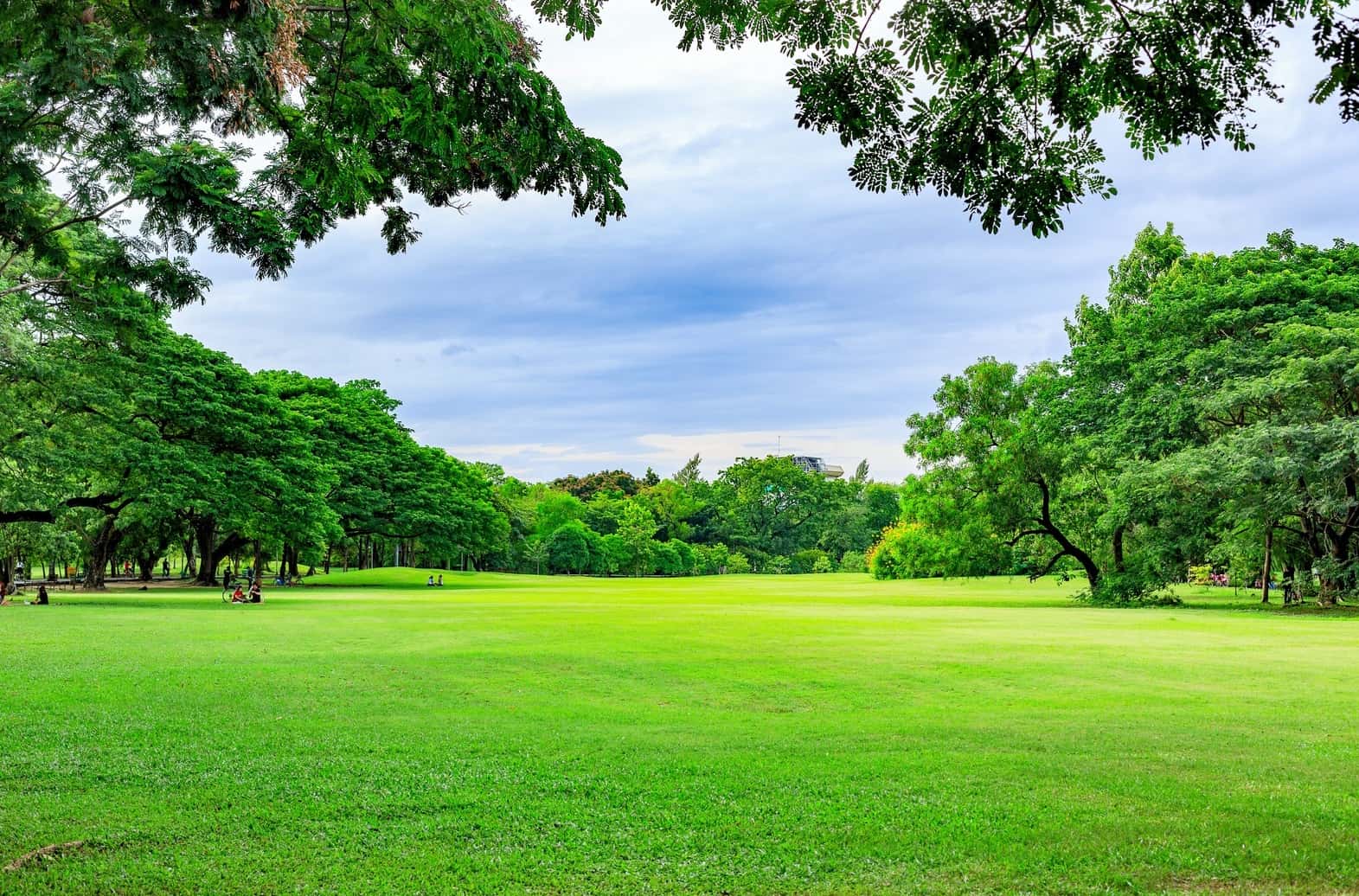
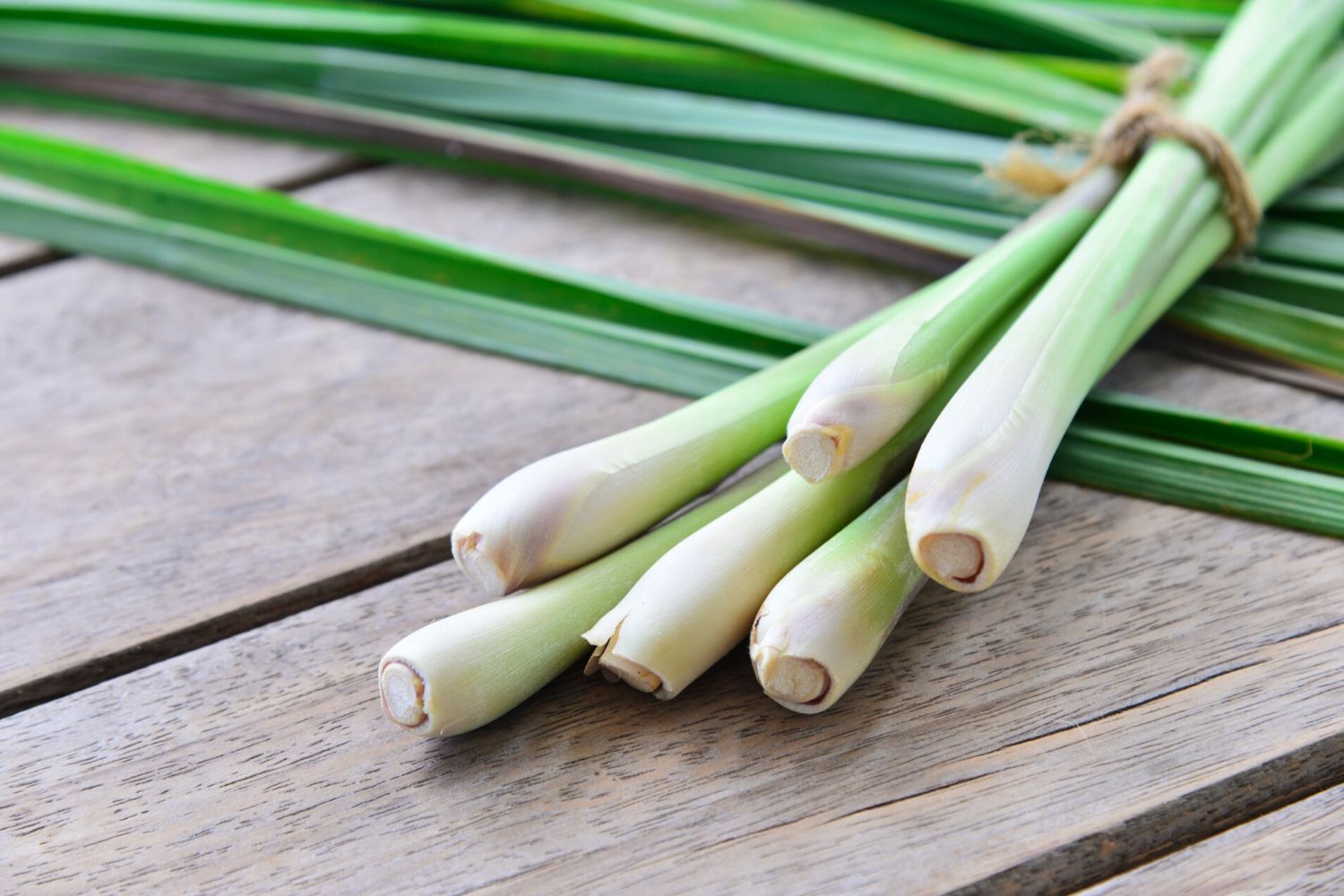
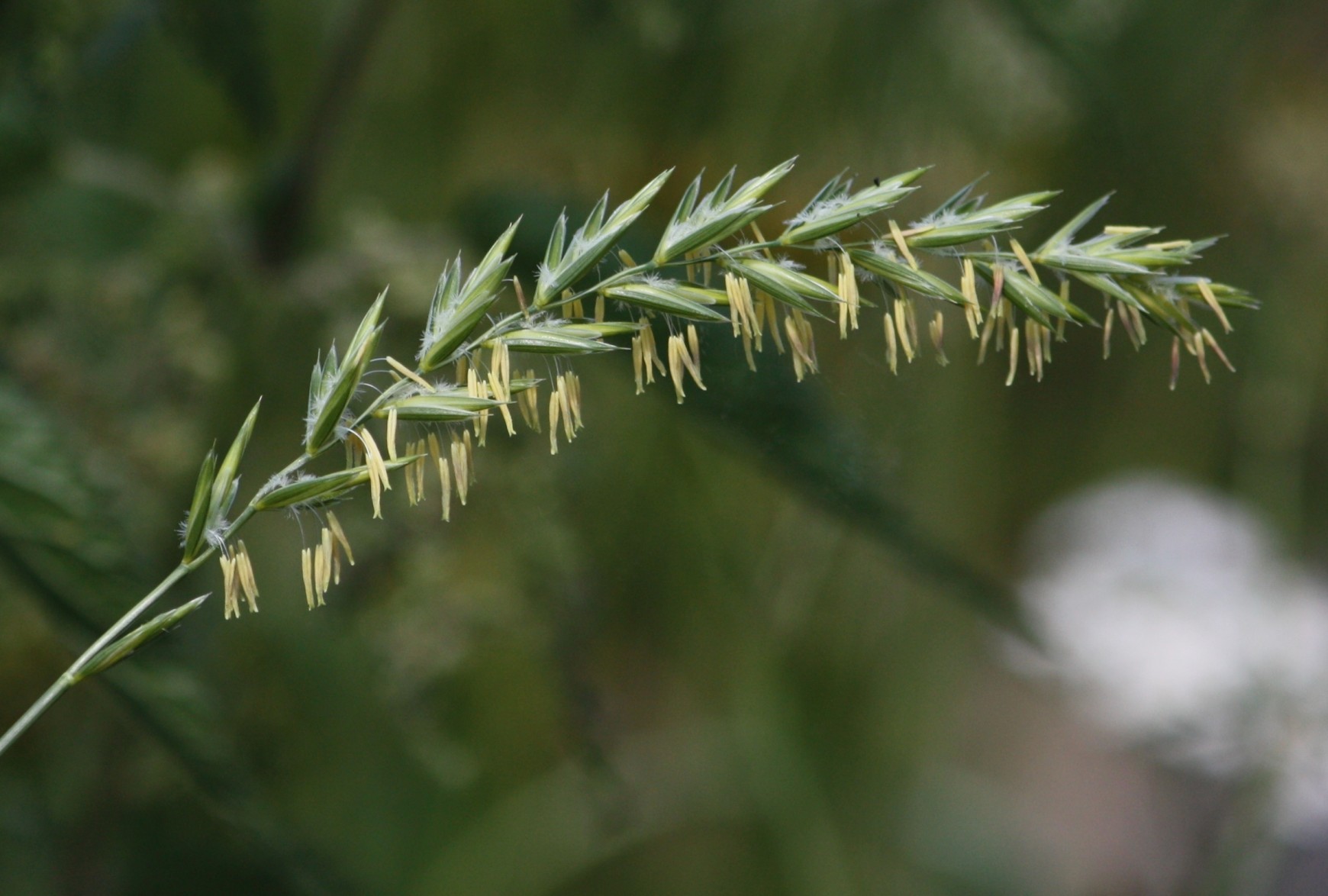
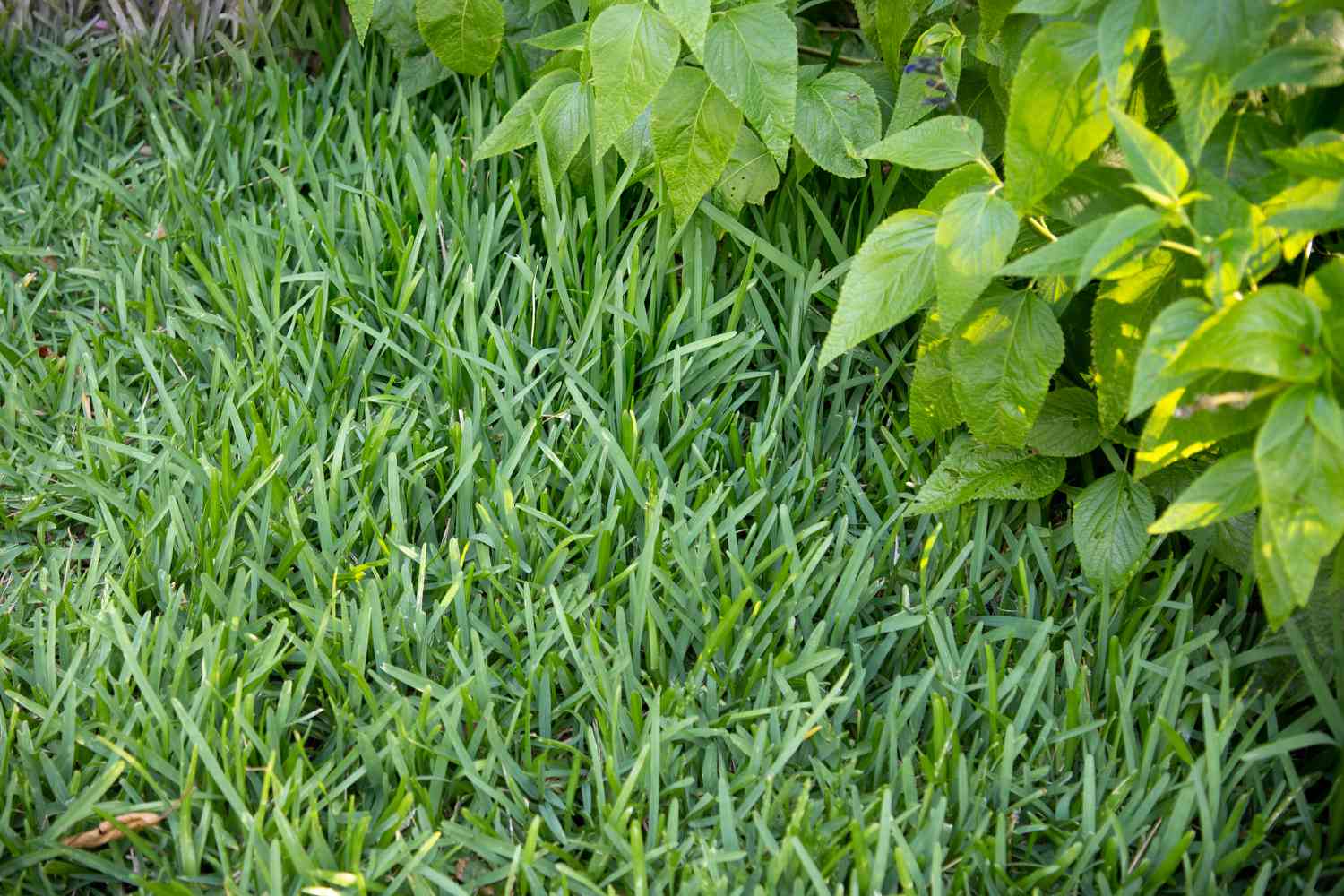
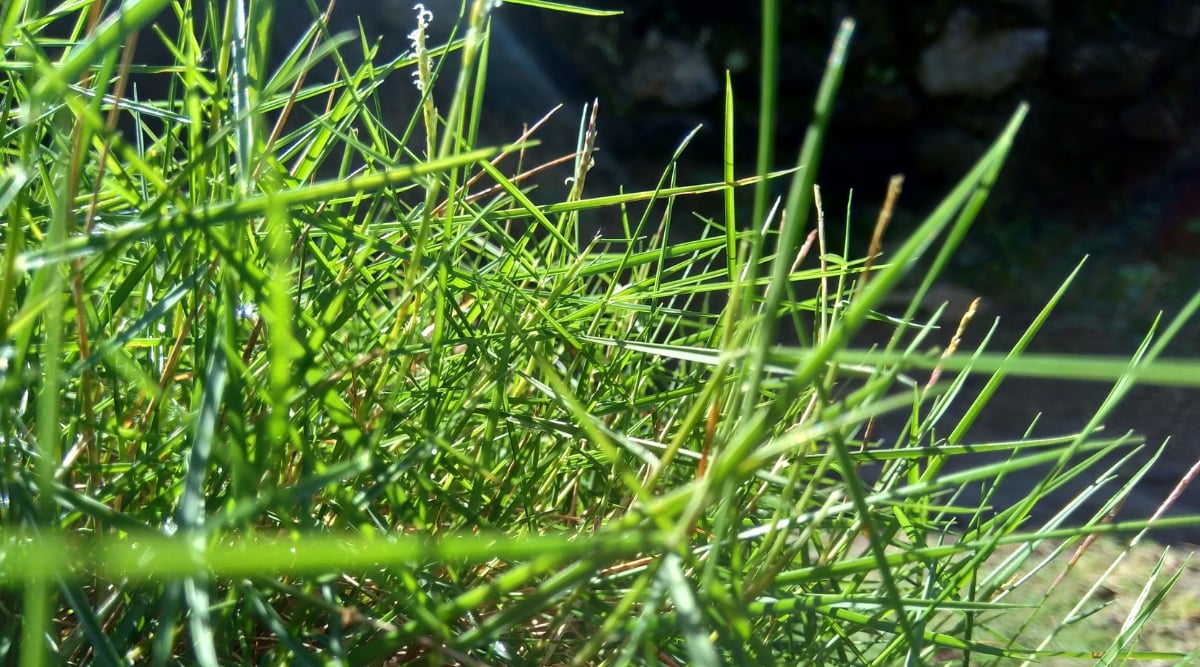
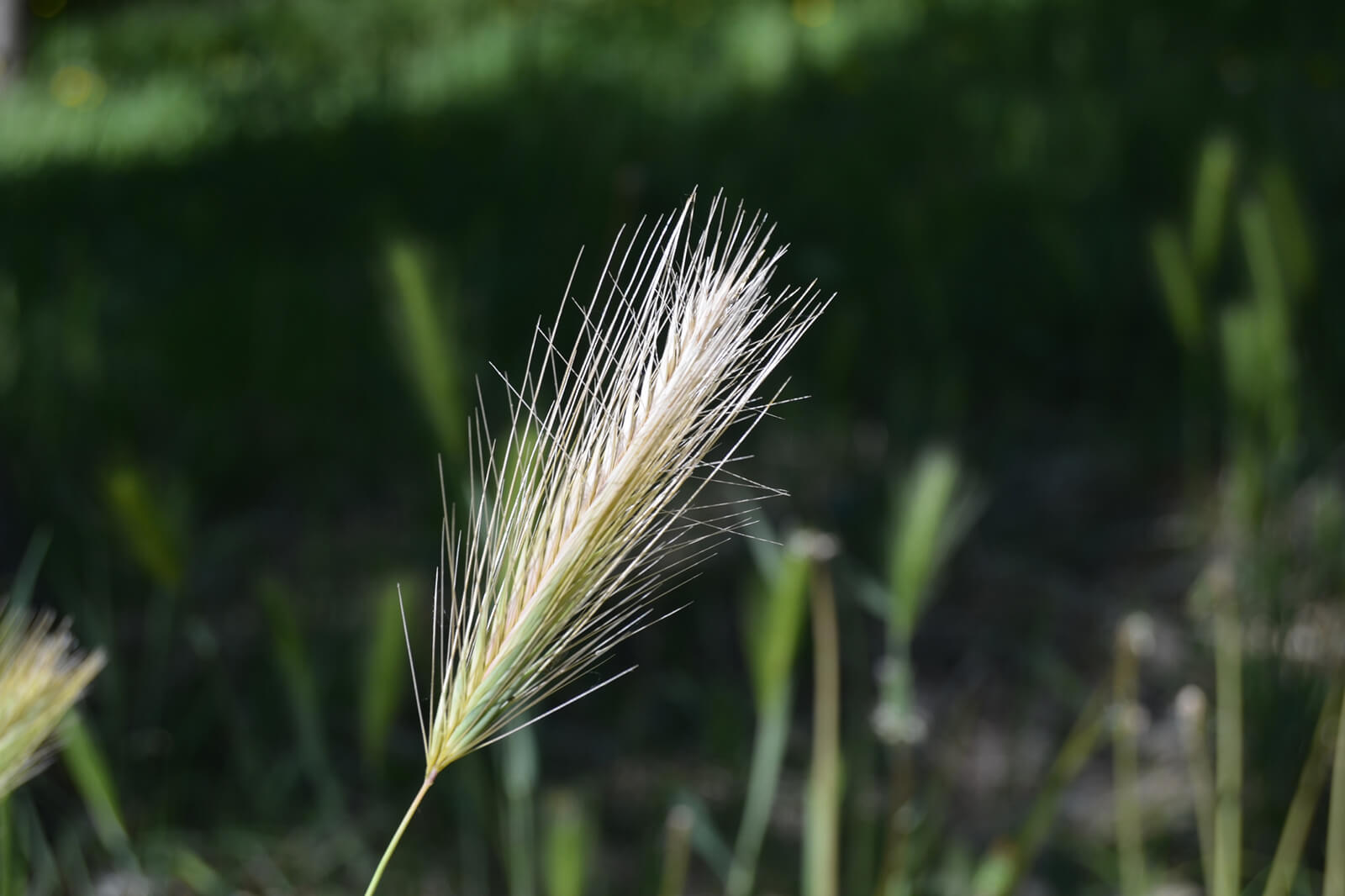
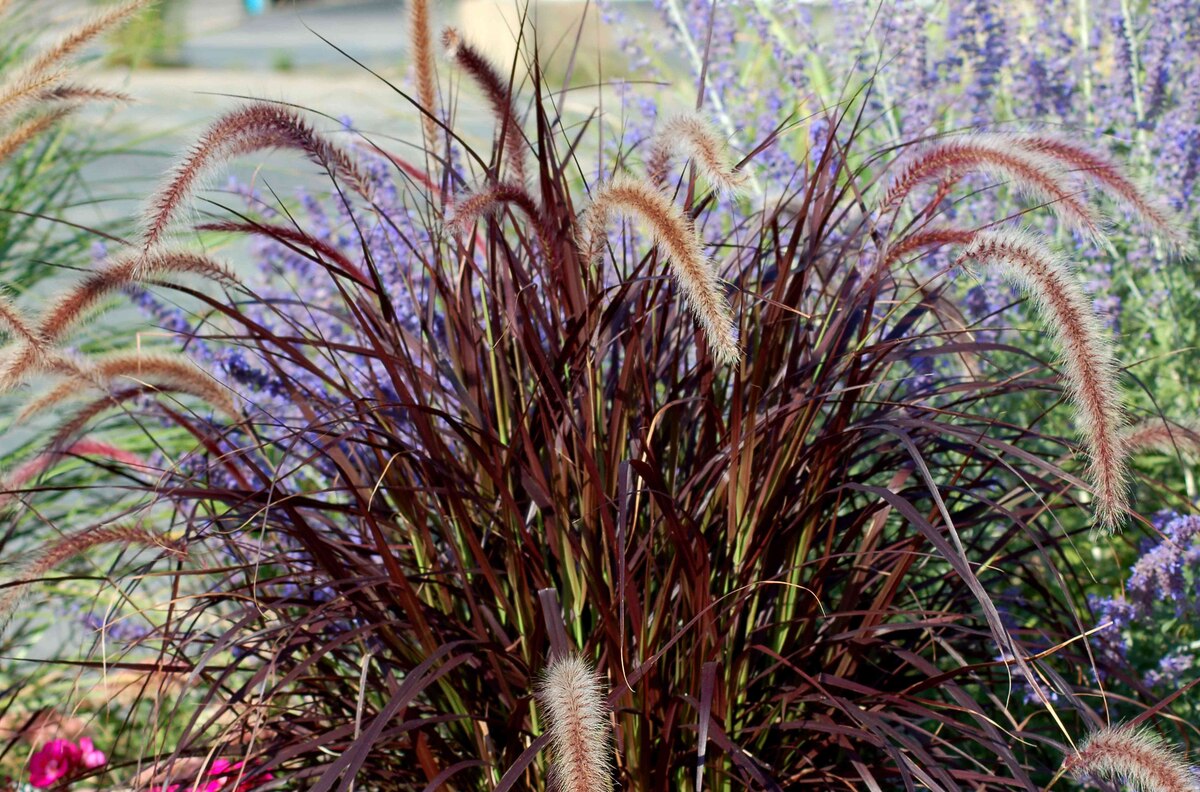
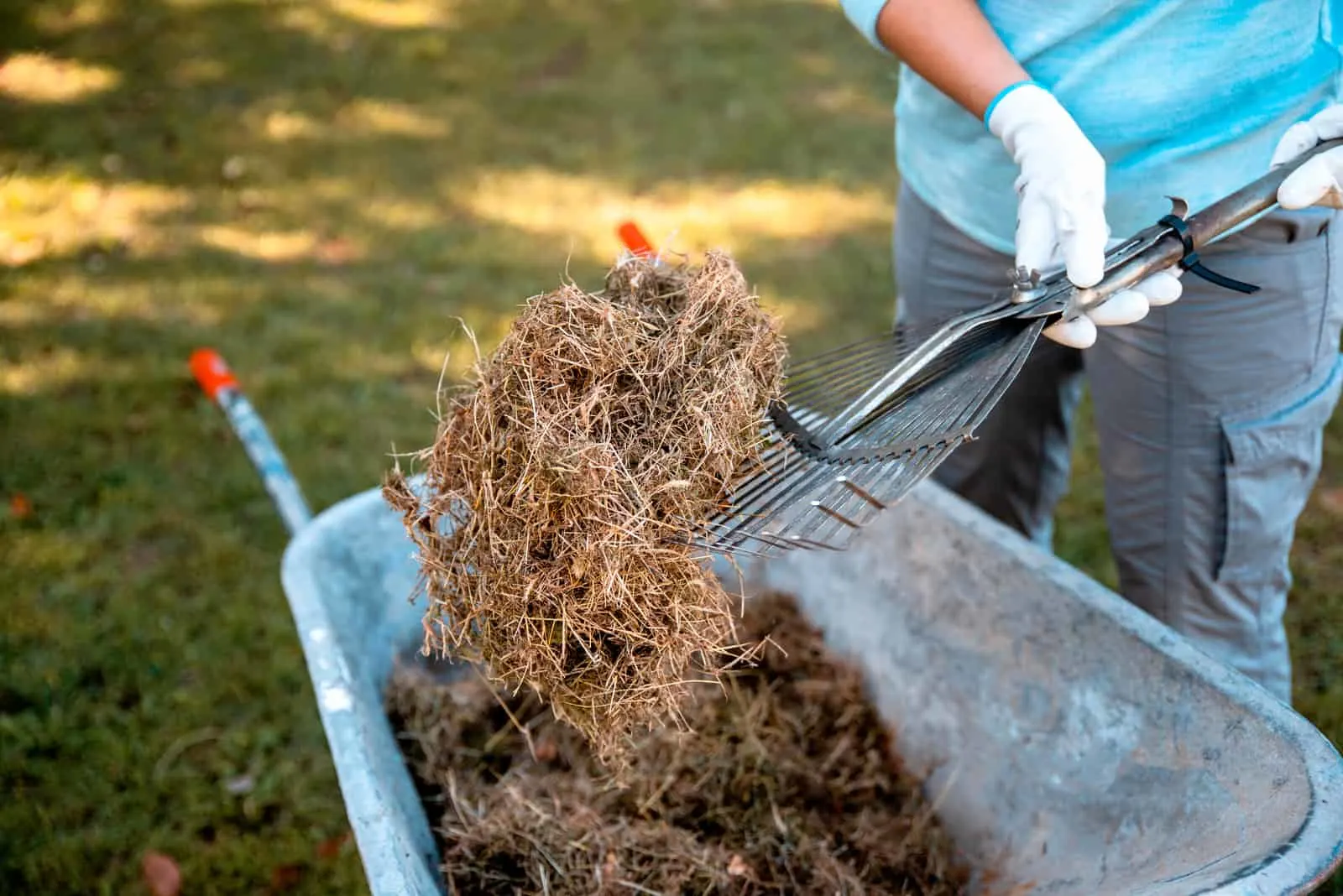
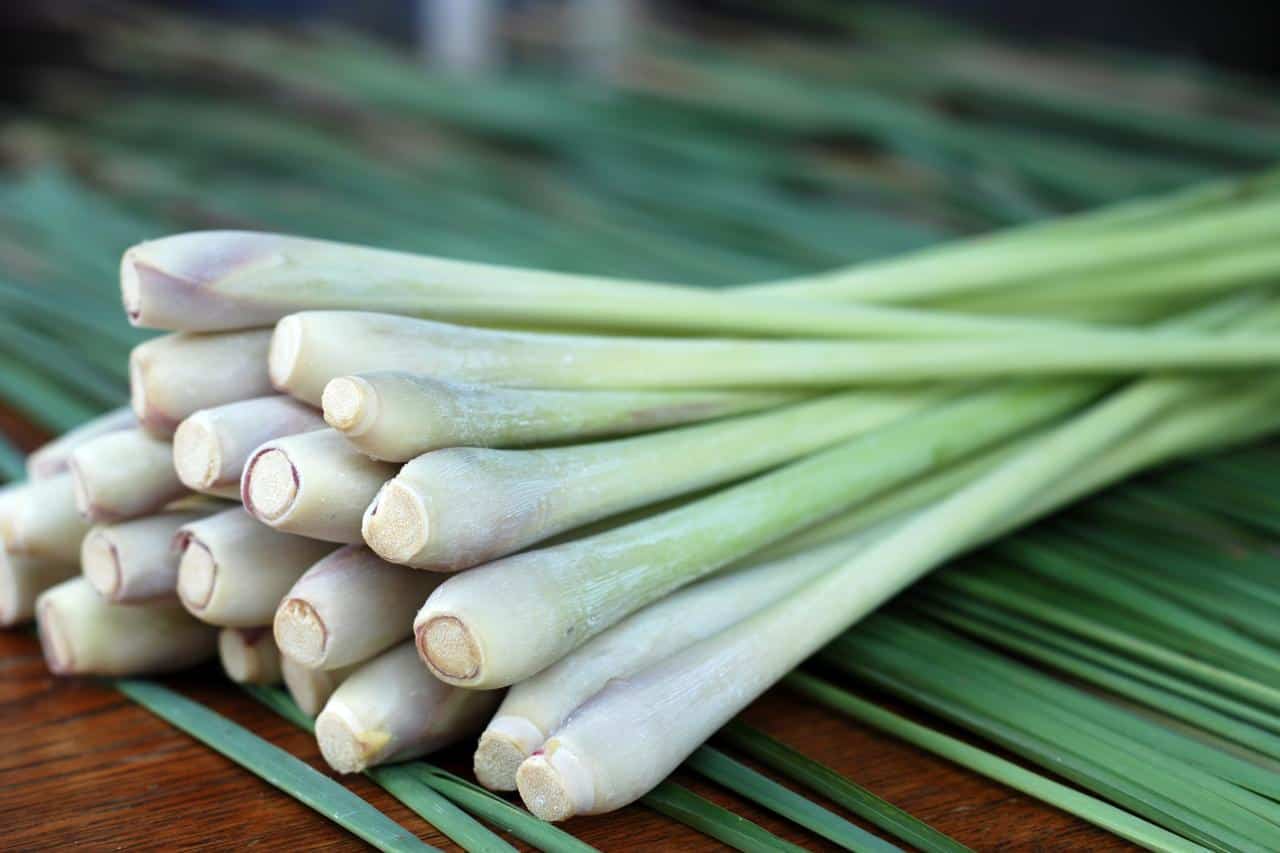
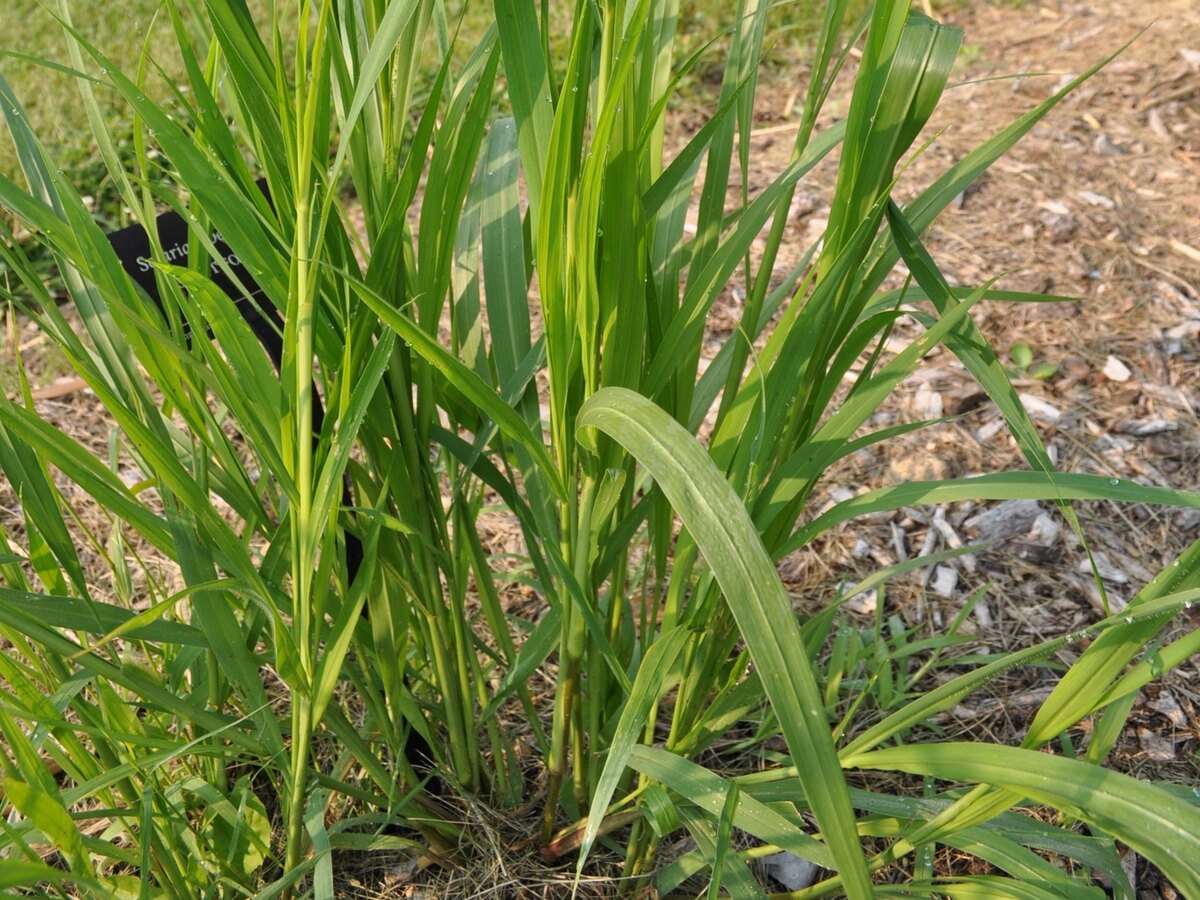
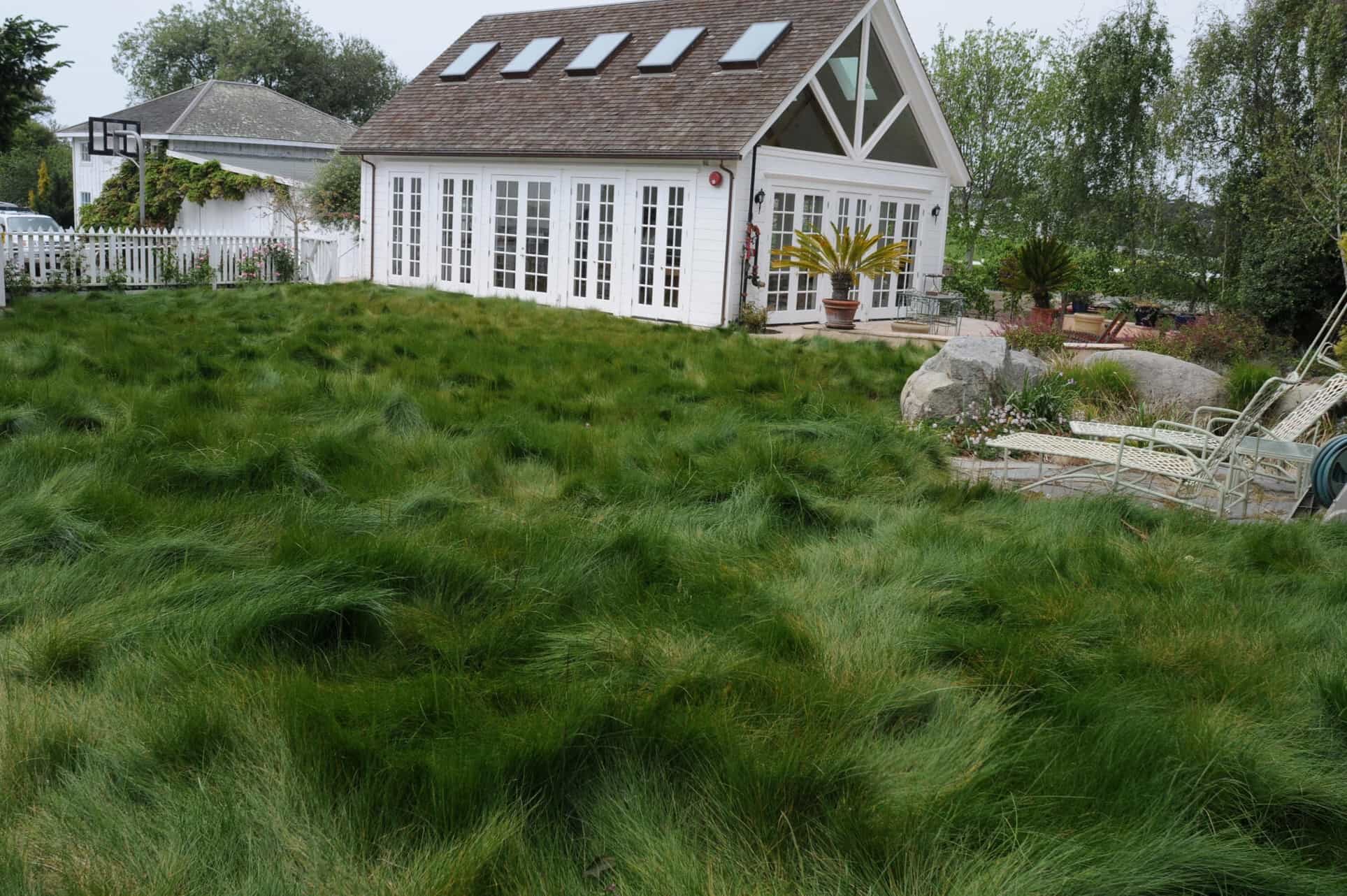
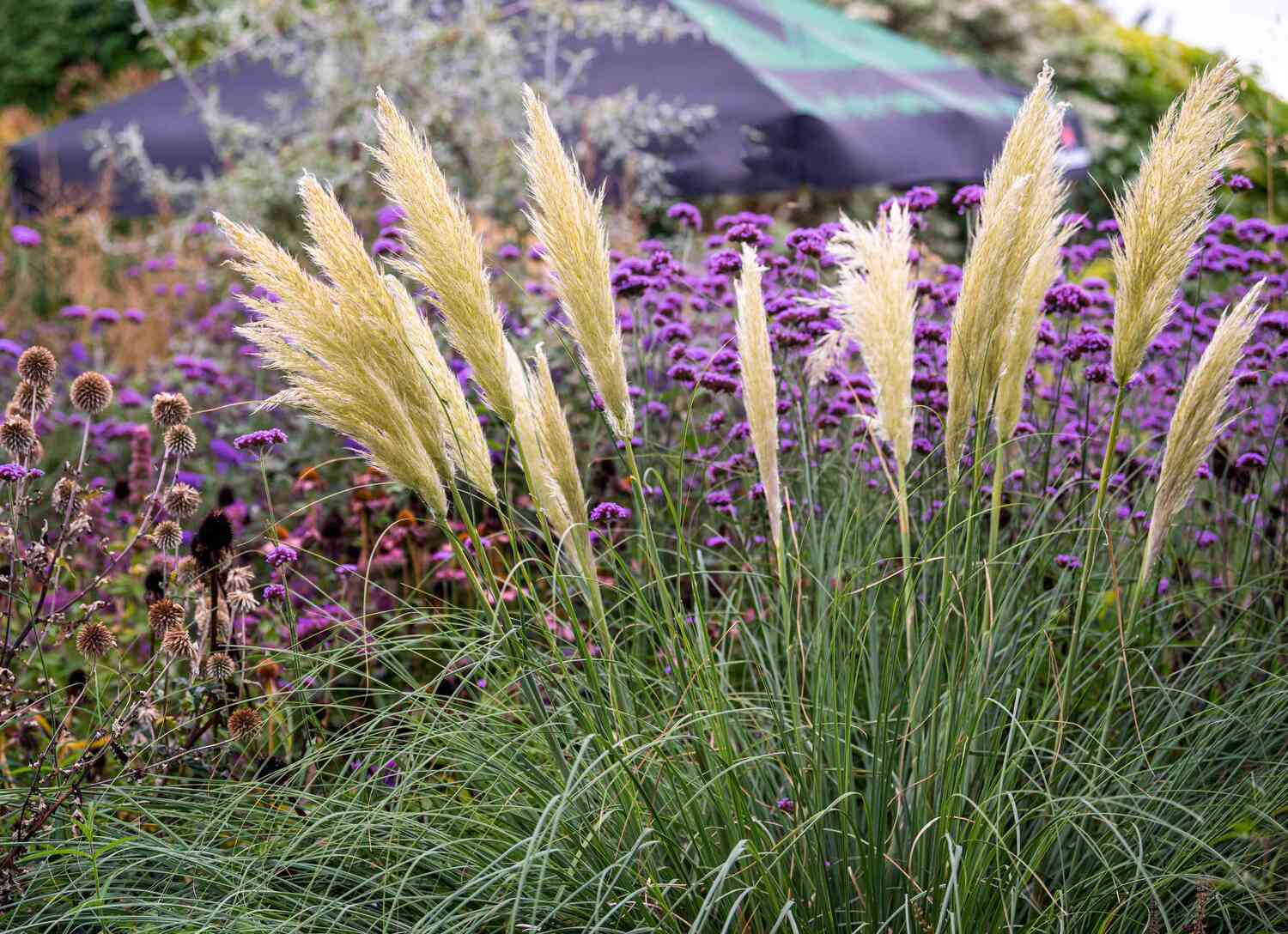
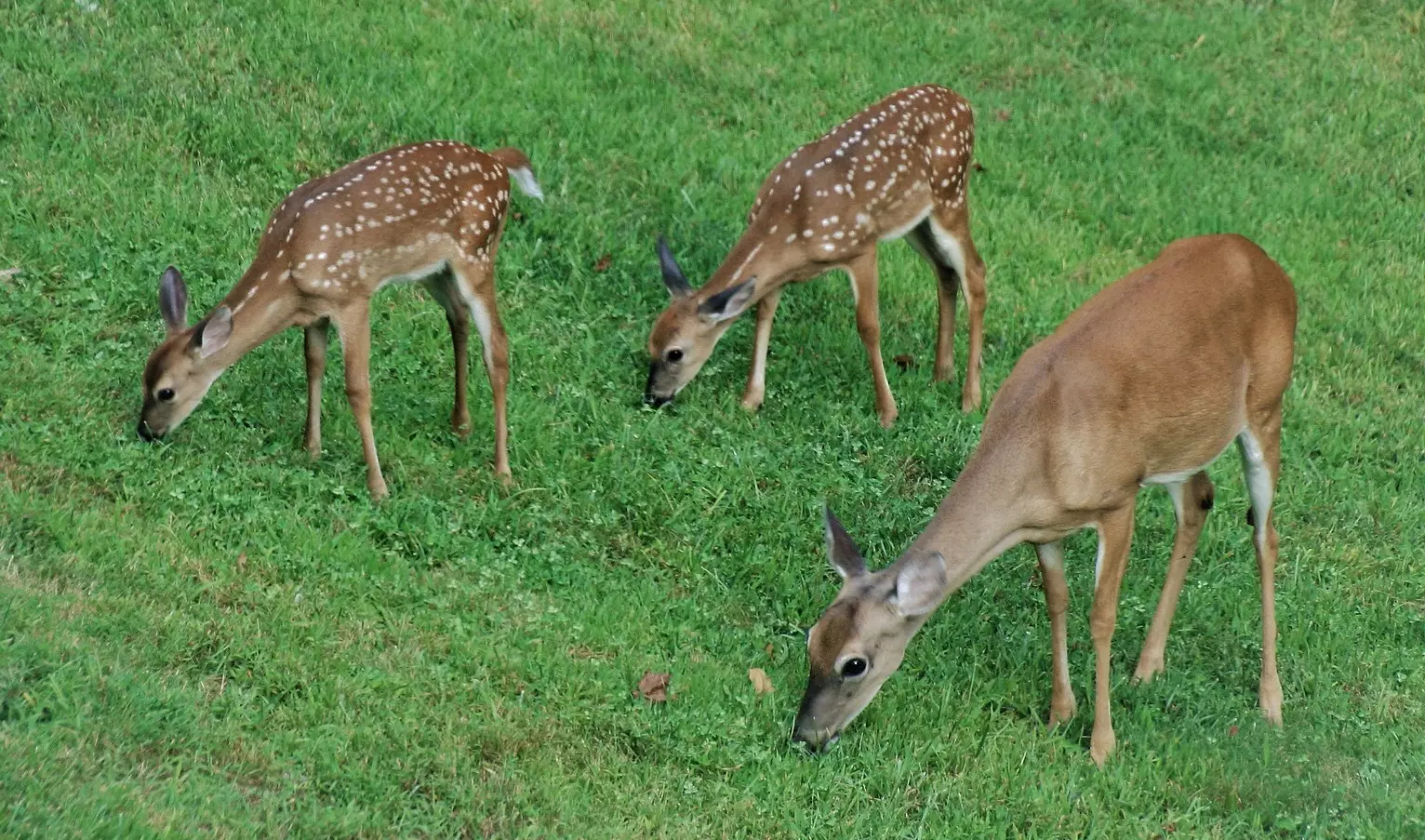
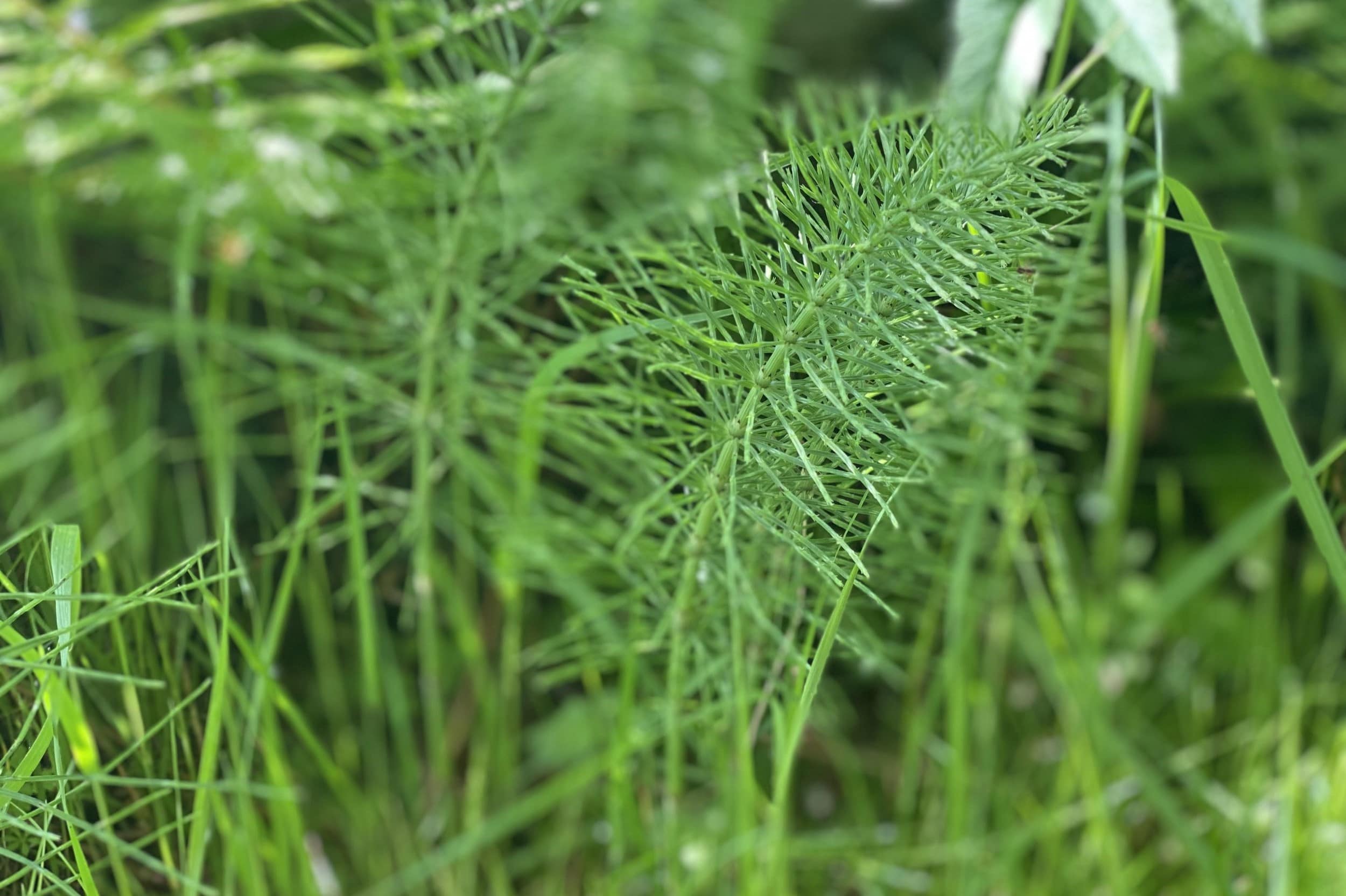

0 thoughts on “What Is Miscanthus Grass”